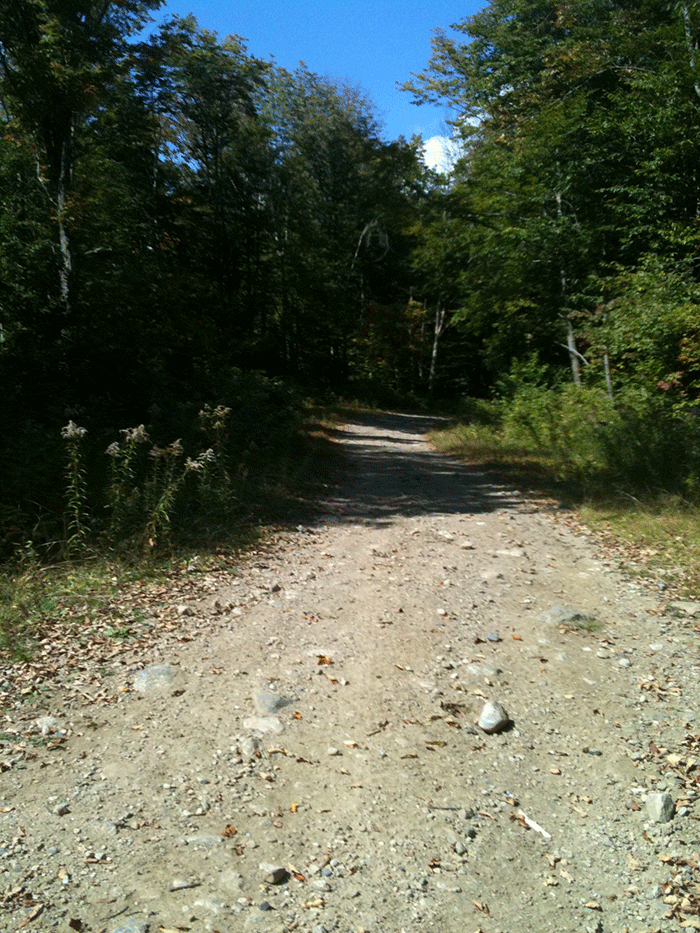The Adirondack Park Agency (APA) voted on March 11, 2016 to weaken the Adirondack Park State Land Master Plan (APSLMP) by making changes in the 9,990-acre Essex Chain Lakes and Pine Lakes Primitive Area to allow bicycle riding and use of motor vehicles by the Department of Environmental Conservation (DEC) for management and maintenance. Prior to this action by the APA, Forest Preserve lands classified as “Primitive” are supposed to be managed as Wilderness.
This was the first time in more than 40 years that the APA acted to weaken, not strengthen the Adirondack Park State Land Master Plan, which sets management guidelines for the Forest Preserve.
The Adirondack Forest Preserve has largely been divided between motorized and non-motorized lands, mechanized and non-mechanized areas. Primarily, these dividing lines separate where automobiles, snowmobiles, and bicycles are allowed and where they are prohibited. On one side, people walk, run, cross country ski or paddle a canoe. On the other side people can use motor vehicles and ride bikes. By and large, the separation of uses has worked well. It’s coherent and there’s virtue in its simplicity. This dividing line was summed up by one long-time local government leader who often quipped to Forest Preserve advocates “Wilderness is yours and Wild Forest is ours.”

This is a typical former logging road on the Essex Chain Lakes tract. Such roads are common on recently purchased Forest Preserve roads. These roads should be allowed to be reclaimed by the forest. Unfortunately, the APA will allow this roads to be maintained by the DEC with motor vehicles.
Not so anymore. The APA took a major step to start rolling back and weakening the APSLMP, the first serious policy changes in a generation (since 1987).
The APA took public comments until late January 2016 on a draft proposal to allow bicycle riding and maintenance with motor vehicles by the DEC in Forest Preserve lands classified as “Primitive” areas. In March 2015, the APA voted to make these changes solely for the 9,990-acre Essex Chain Lakes-Pine Lake Primitive areas and not for all 39,000 acres across all 39,000 acres of Primitive areas.
The APA decision changes the management of Primitive areas from near Wilderness to something far less, to, in other words, Forest Preserve more like Wild Forest where bikes and motor vehicles are permitted. Designated Wilderness lands in the Forest Preserve (1,161,257 acres), Primitive (38,984), and Canoe Area (17,637) lands total 1,217,878 acres compared with 1,298,929 acres of Wild Forest lands.
Primitive lands are Forest Preserve areas identified as lands that one day could be upgraded to Wilderness (think the Lake Lila or Hudson Gorge models) or lands that have some permanent constraint that preclude Wilderness classification, yet should be managed with this high level of protection (think Valor Island in Lake Champlain, which will never meet the minimum 10,000-acre Wilderness requirement). The APA calls these Type 1 and Type 2 Primitive Areas. Today, there are 40 Primitive Areas and 22 are identified as Type 1.
Basic Guideline 1 for Primitive Areas in the APSLMP, which sets the management standard, states: “The primary primitive management guideline will be to achieve and maintain in each designated primitive area a condition as close to wilderness as possible, so as to perpetuate a natural plant and animal community where man’s influence is relatively unapparent.” Basic Guideline 2 states “No additions or expansions of non-conforming uses will be permitted.” A decision to allow bikes and motor vehicles in Primitive Areas does not conform to these management objectives.
What this means, in essence, is that what we’re watching is the Wild Forestization of Primitive Areas.
Dissenting APA Commissioner, Richard Booth, who voted against the APA’s decision to weaken the APSLMP, read a statement at the end of the APA’s meeting on March 11th, where he said, among other things:
“Until now, today, no Governor in this state has chosen to force the Park Agency to weaken the Master Plan. Governor Cuomo and his staff have chosen to do so and the people of the State of New York should understand that this is a significant weakening of the Master Plan. And that what has been done today can be done over and over again regarding any of the areas of the Master Plan not just Primitive areas.
The State Land Master Plan, at the bottom line, was adopted to make the state government honest about the way it’s going to manage the state lands and if it’s going to change those rules it needs to go through an open and complete public discussion of those possibilities. The State Land Master Plan amendment process therefore regarding major amendments, not the everyday normal amendments that we do each year, the major amendments, has to be repaired. Governor Cuomo has to lead that effort to repair it and he has a responsibility to do so.”
Click here to read Booth’s full statement.
Protect the Adirondacks opposed these changes at every step along the way and will continue to try and turn around this unfortunate decision.





